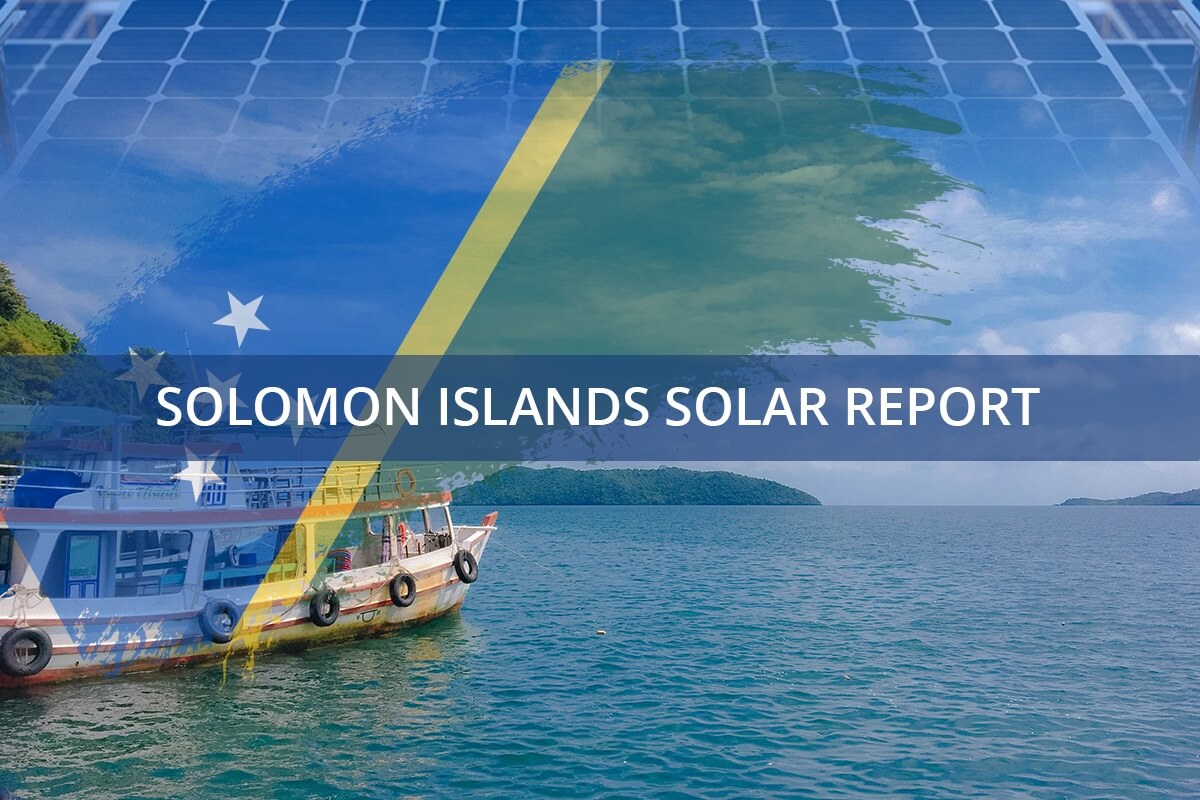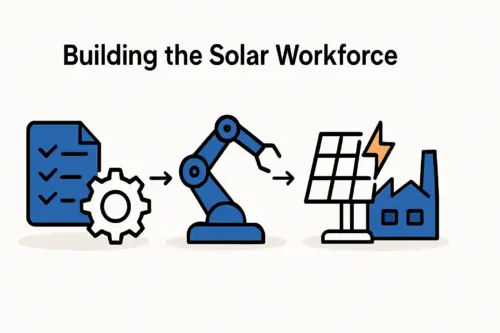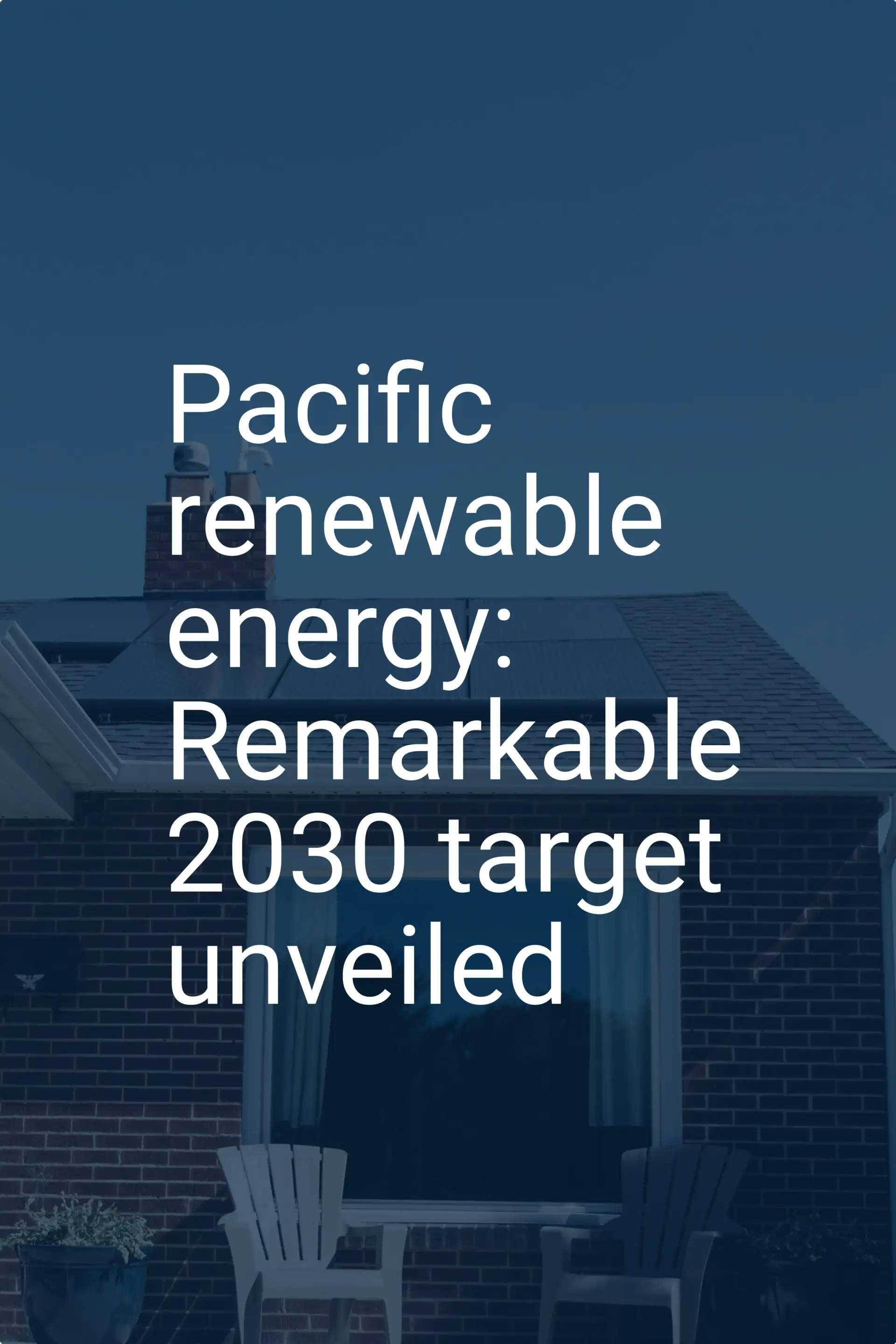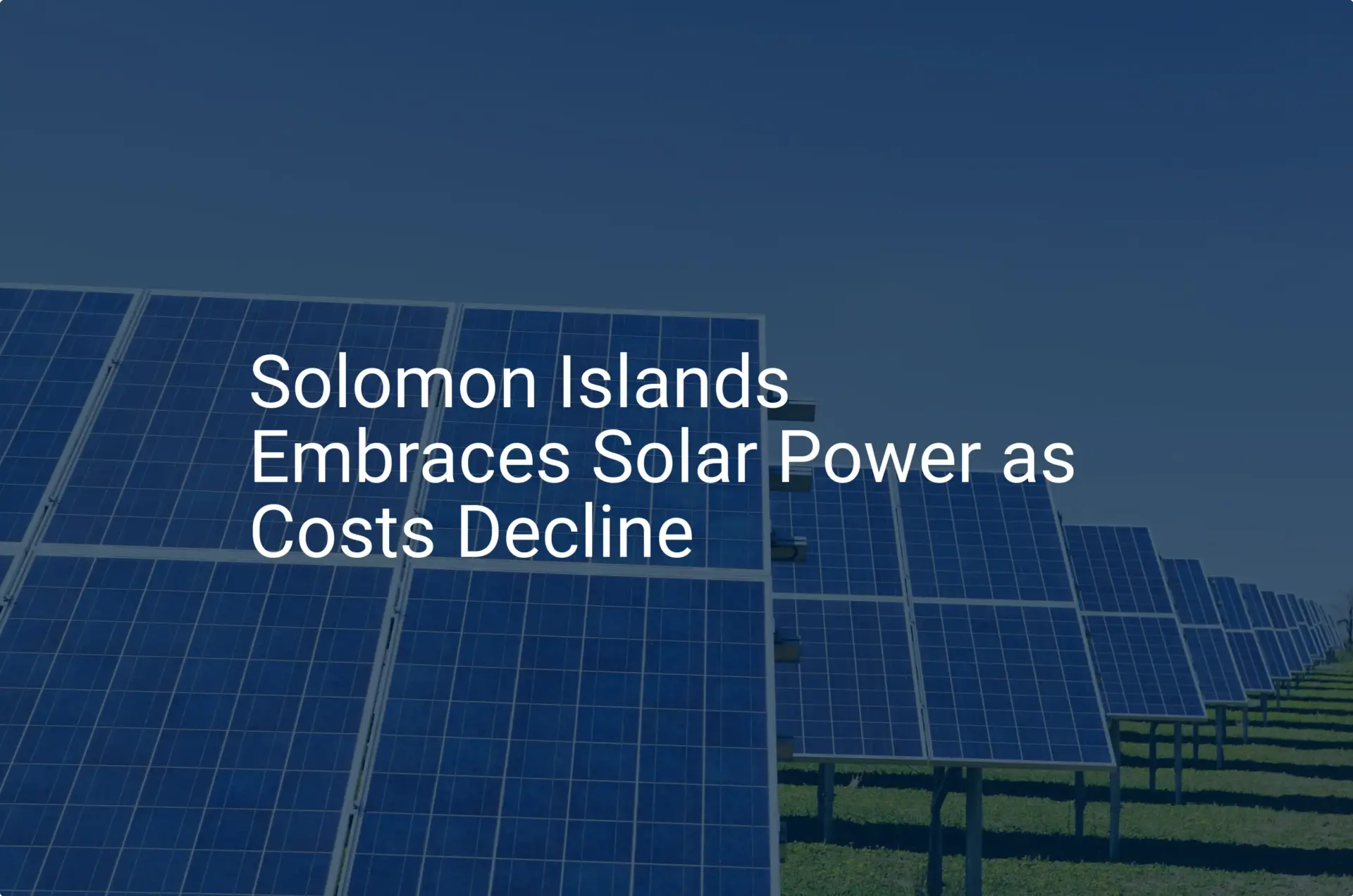An entrepreneur secures the ideal plot of land for a new solar module factory in Honiara, with a robust business plan, financing in place, and clear demand for locally produced solar panels. However, one of the most significant operational risks may not lie in the supply chain or the labor market, but in the electrical socket on the wall. For any energy-intensive manufacturing process, a stable and cost-effective power supply is the bedrock of profitability—something that cannot be taken for granted in environments with developing grid infrastructure.
This technical and business-focused analysis explores the energy infrastructure challenges in Honiara, based on publicly available data. It outlines the direct risks to a solar module manufacturing operation and presents a strategic approach for engineering a reliable power solution, one designed to transform a potential liability into a competitive advantage.
Understanding the Energy Landscape in Honiara
The Solomon Islands present a classic paradox for the solar industry: abundant solar irradiation makes it an excellent market for solar energy products, yet its grid infrastructure poses significant challenges for energy-intensive manufacturing.
According to a 2022 assessment by the International Renewable Energy Agency (IRENA), the Honiara grid, operated by Solomon Power, is predominantly dependent on imported diesel fuel. This reliance creates two primary business risks:
-
High Operational Costs: The cost of electricity from the grid is exceptionally high, reported at approximately USD 0.81 per kilowatt-hour (kWh). For a factory running laminators, stringers, and testing equipment, this translates directly into substantial and unpredictable operational expenditure (OPEX).
-
Grid Instability: The report also highlights frequent power outages and voltage fluctuations. This instability is more than an inconvenience; it is a direct threat to production continuity, equipment longevity, and product quality.
The nation’s high dependence on imported fossil fuels also makes the grid vulnerable to global price shocks and supply chain disruptions, adding another layer of financial uncertainty to any business plan that relies on grid power.
The Direct Impact of Unreliable Power on Solar Module Manufacturing
To understand the severity of this issue, one must connect grid instability to the specific processes within a solar module factory. The consequences extend far beyond simple downtime.
Production Downtime and Material Waste
Certain stages in solar module production are time- and temperature-sensitive. The lamination process, for example, involves heating and pressing materials under a vacuum for a specific duration. A sudden power outage during this cycle can render an entire batch of modules worthless, as the materials cannot be properly cured. This results in direct financial losses from wasted raw materials and lost production output.
Equipment Damage
Modern manufacturing lines incorporate sensitive electronic components, control systems, and motors. Voltage sags, spikes, and surges from an unstable grid can cause premature failure of these components, leading to costly repairs, extended downtime, and a shorter effective lifespan for high-value capital assets. When selecting the right solar manufacturing equipment, its resilience to power quality issues is a factor, but engineering a stable power source is the more fundamental solution.
Ready to make big Profits?
The solar Industry is Booming
WE HELP NEWCOMERS to the solar industry start their own solar module production line. Customers can make BIG PROFITS by selling modules and finding investors, without wasting money and time on things they don't need!
Inconsistent Quality Control
Precision is paramount in manufacturing a product designed to perform reliably for 25 years or more. Automated processes like solar cell testing, bussing, and soldering require a constant, clean power supply to function correctly. Power fluctuations can lead to minute defects that may pass initial checks but cause premature failure in the field, jeopardizing the factory’s reputation and warranty obligations.
A Strategic Solution: The Case for a Captive Power Plant
Given the grid-related risks in Honiara, a proactive strategy is not just recommended; it is essential for operational viability. The most effective approach is to develop a ‘captive power plant’—an independent power generation system dedicated to the factory’s needs.
For a solar module factory, the most logical and resilient configuration is a hybrid system. This architecture typically combines three key elements:
-
Solar PV Array: The primary power source, leveraging the region’s high solar irradiation to generate electricity at a low, fixed cost during daylight hours.
-
Battery Energy Storage System (BESS): This stores excess solar energy generated during the day to power operations after sunset or during periods of cloud cover. It also provides instantaneous backup and improves power quality by smoothing out fluctuations.
-
Backup Diesel Generator: Used as a tertiary power source, the generator ensures operational continuity during extended periods of inclement weather or for planned maintenance on the solar and battery systems.

This integrated approach directly mitigates the risks of grid dependence. It provides a multi-layered defense against outages while insulating the factory’s budget from the volatility of utility and diesel fuel prices.
Financial Implications and Long-Term ROI
Implementing a captive hybrid power system requires a significant upfront capital investment, a cost that must be incorporated into the initial financial planning for a new factory. However, viewing this purely as a cost is a strategic error. It is an investment in operational resilience and long-term cost control.
The business case becomes clear when comparing the long-term OPEX of different power strategies.
Scenario 1 (100% Grid Power): Exposes the business to extremely high and volatile costs (USD ~0.81/kWh), plus unquantifiable losses from production downtime.
Scenario 2 (100% Diesel Generator): Provides reliability but at a high and volatile fuel cost, subject to the same import logistics risks as the main grid.
Scenario 3 (Hybrid System): While requiring the highest initial CAPEX, it offers the lowest and most predictable long-term Levelized Cost of Energy (LCOE). The solar array effectively locks in energy costs for over 25 years, providing a powerful hedge against inflation and market volatility.

By investing in a captive power solution, an entrepreneur de-risks the entire business model. This makes the project more bankable and attractive to investors, who recognize that operational continuity has been secured.
Frequently Asked Questions (FAQ)
What size captive power plant is needed for a 50 MW solar factory?
The required size depends on the specific equipment, the number of shifts, and the desired level of autonomy. For a typical 50 MW per year module assembly line, a system with a solar array between 500 kWp and 1 MWp, coupled with an appropriately sized battery and backup generator, is a common starting point. A detailed energy load analysis is essential to engineer the system correctly.
Can the factory sell excess power back to the grid?
The ability to sell surplus electricity depends on local regulations and utility policies, such as feed-in tariffs or net metering schemes. In many emerging markets, these frameworks may be underdeveloped or non-existent. The primary business case for a captive plant should be based on self-consumption to ensure operational stability and cost savings, with grid sales considered a potential secondary revenue stream if regulations permit.
Does planning a turnkey factory line include the power system?
A comprehensive turnkey solution should always include a thorough infrastructure assessment. Based on experience from J.v.G. turnkey projects, analyzing the local grid and designing an appropriate power supply system is a critical early step, as the success of the entire manufacturing operation depends on it.
Conclusion: From Power Risk to Strategic Advantage
For an entrepreneur planning to establish a solar module factory in a location like Honiara, the reliability of the energy supply cannot be an afterthought. The local grid, with its high costs and instability, presents a fundamental business risk that must be proactively managed.
By investing in a captive hybrid power system, a manufacturer can transform this challenge into a strategic advantage. This approach ensures production continuity, protects valuable equipment, and provides long-term control over one of the most significant operational costs. It is a foundational investment in the factory’s resilience, profitability, and long-term success. For those beginning this journey, understanding these infrastructure requirements is a crucial part of the comprehensive guide to starting a solar module factory.







